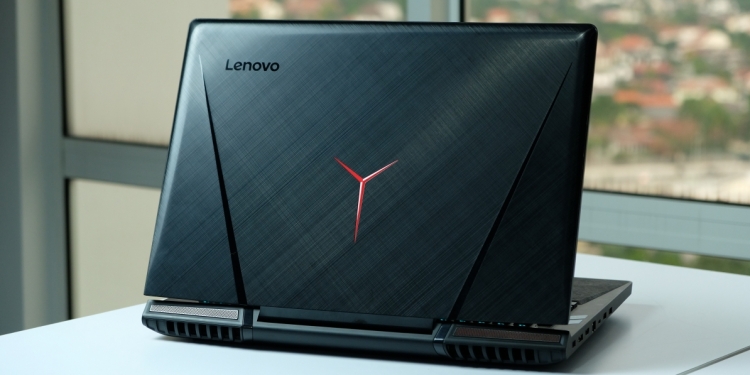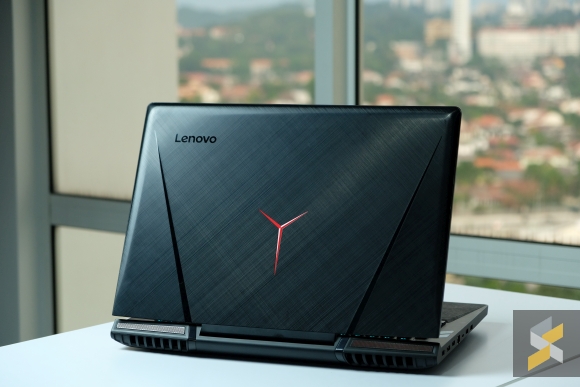In tech, it feels like everything that was once big will eventually become small. Stuff like phones, desktop towers, laptops, and display bezels have all shrunk significantly over the past few years. It’s all about getting more into less and last year, gaming laptops got a massive leg up in this space.
NVIDIA’s Max-Q design GPUs were created for the sole purpose of cramming the best graphical performance in the smallest form-factor possible — even in bodies that are as slim as 2cm thick. And that gave way to a rise in the number of super slim gaming laptops that, as we found out, were all pretty darn good.
So, if the slim ones are so good, why would you ever buy something as massive as Lenovo’s Legion Y920 gaming laptop?
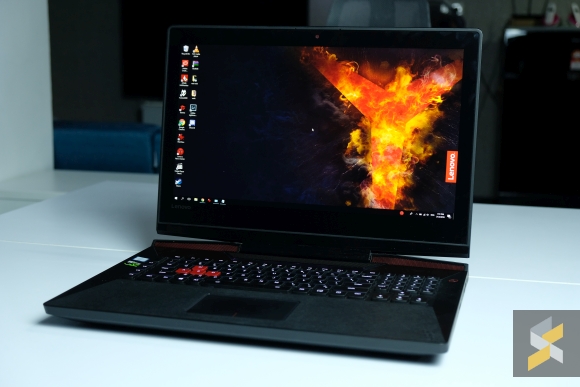
I’ll be honest, I was a little perplexed too. I didn’t think for a second that the Legion Y920 would be able to pull someone like me from the Max-Q promise land. But I took it as an experiment, something to see how far we’ve progressed from the old gaming laptop stereotypes. And trust me, the Legion Y920 is very much an old gaming laptop stereotype.
It’s massive. Totally colossal. Absolutely enormous.
[nextpage title=”Bigger is not always better”]

Just to give you an idea of how big it is, there wasn’t a single bag in our entire office that could house this monster. It’s gigantic even for a 17.3-inch gaming laptop. The only other laptop I’ve used/reviewed that’s bigger than the Legion Y920 is Acer’s Predator 21 X and that curved 21-inch monstrosity came with its own wheeled Pelican case. Where’s my Pelican case, Lenovo?
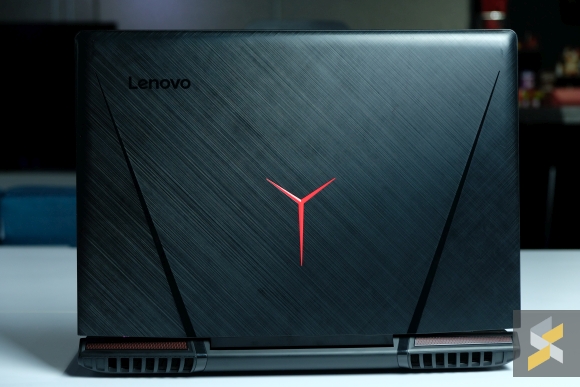
This meant that I had to carry the laptop around with me in a paper bag. Not the best idea in hindsight — especially considering the price — but it was the best way i could come up with short of strapping it to my back with skipping rope.
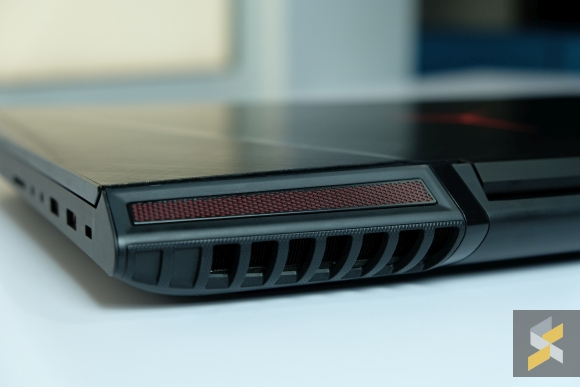
That said, this gaming laptop is built like an absolute tank. I wouldn’t say that it’s made up of “luxurious” materials, instead I’d say that the laptop is more function than form in a good way. It’s rigid, substantial and gives you the impression that it could anchor you even in a hurricane.
It’s sturdy, is what I’m saying.
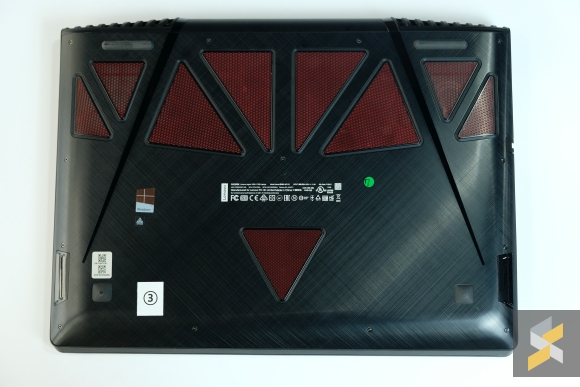
And it isn’t just rock solid in its build, the Legion Y920 is also a strong performer when it comes to the thing it was designed to do: Game, it slayed pretty much every triple A and esports title I threw at it. Then again, being powered by an Intel Core i7-7820HK processor, 32GB of DDR4 memory with a 512GB PCIe SSD (2x 256GB in RAID0) + 2TB HDD for storage, and an NVIDIA GeForce GTX1070 GPU, I suppose that isn’t too surprising.

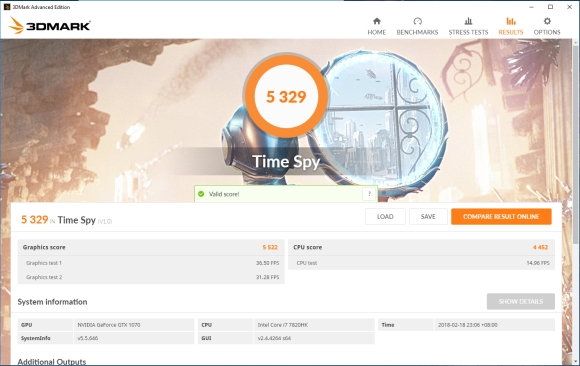
But, all of this performance — especially that 7820HK processor — came at a cost: Thermals. While the GPU ran at around an acceptable 70-ish degrees celsius under load, the CPU would see temps going all the way to 99 degrees. Not cool, not cool at all.
Although, during gaming, there were no noticeable frame-rate dips despite the high temperatures. What’s more, the heat was mostly focused on the top of the keyboard area near the hinge so my hands weren’t particularly uncomfortable either.
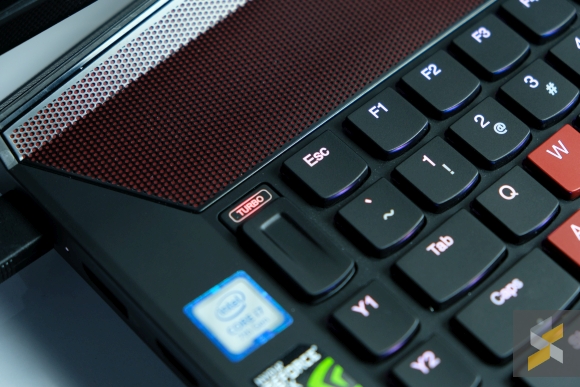
Besides that, the laptop’s got Lenovo’s noob-friendly OneKey Turbo slider that you can flick to give you a performance boost and a cool rev animation. It also automatically turns on when you launch a game for that added bit of convenience. Did I notice a big difference in game? Not really, but your mileage may vary depending on the game.
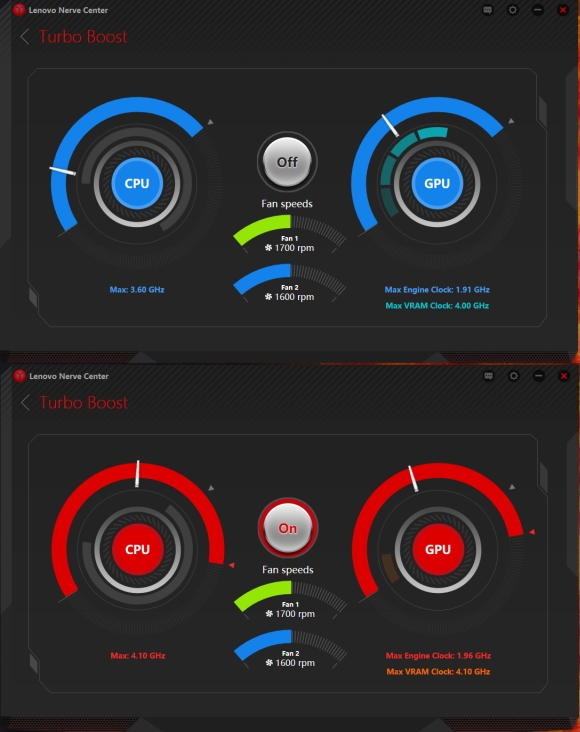
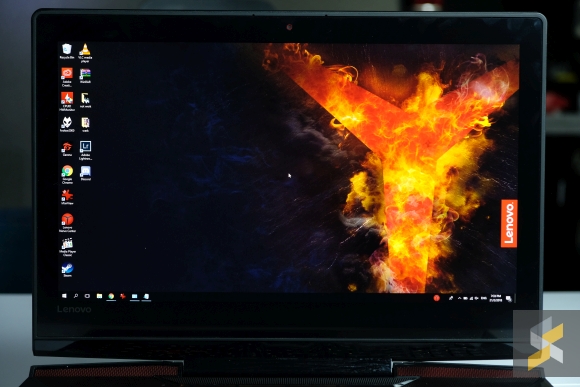
I liked the Legion Y920’s 17.3-inch Full HD IPS display. It was pretty colour accurate from what I can tell and it’ll get really bright which makes it great for productivity tasks like editing video and even watching movies. In gaming though, the 75Hz refresh rate is a little below what I was expecting, but there is G-SYNC so things will look buttery.

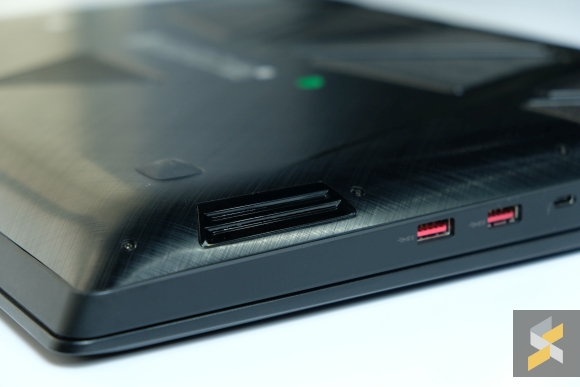
Particularly impressive when it comes to content consumption are the Y920’s speakers. They’re excellent. There’s a nice whump in the bass from the 3W subwoofer and are one of the best speakers I’ve heard on a laptop. I suspect gamers will usually default to a pair of headphones for that positional audio, but it’s nice to know that the speakers are excellent even for the laptop’s size.
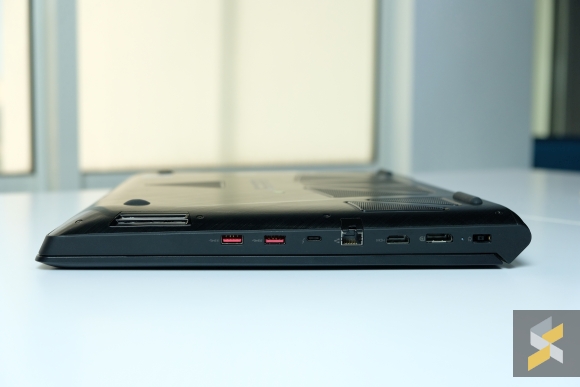
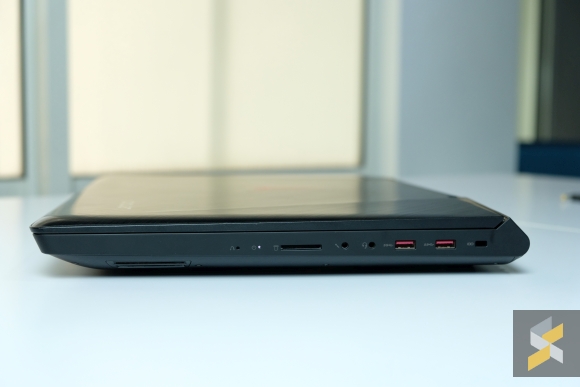
Speaking of size, with lots of space, you’re also getting lots of I/O which is something I love. There’s nearly everything you will ever need with four USB 3.0 ports, one Thunderbolt 3 port, one HDMI port, a DisplayPort, an Ethernet port, an SD card reader, a microphone port and a headphone jack. Never, in my time using the laptop, did I feel like I was missing a port. Top marks here.
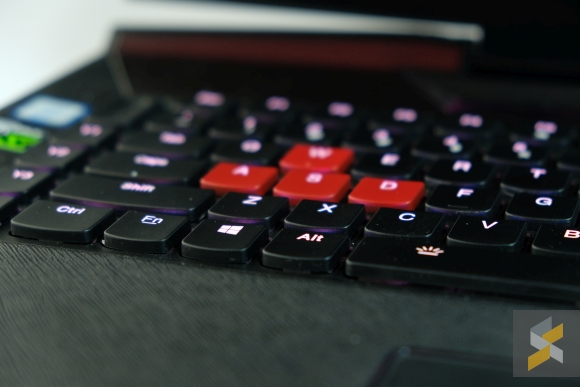
Unfortunately, while the laptop has excellent I/O for gaming and productivity, the Legion Y920 has the worst keyboard I’ve ever used on a laptop. For starters, the keys wobble a lot so if you don’t press in the centre of a key, the key can get caught in the angle for some reason. Then, there’s the layout in relation to the trackpad. For most laptops, the trackpad is pretty much centred around the spacebar. This way, when you put your palms on either side of the trackpad, your fingers will line up perfectly with the keyboard.
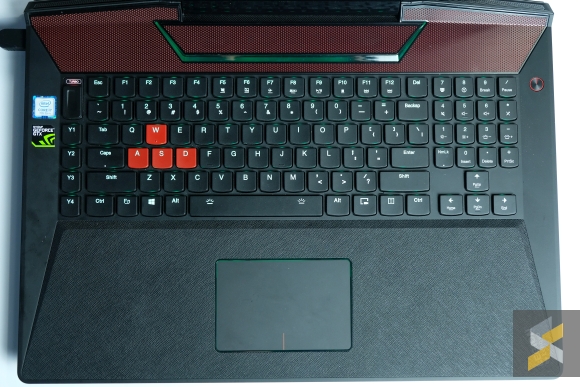
On the Legion Y920, the trackpad is centered around the entire chassis while the keyboard is shifted slightly to the left, because there is a numpad, which makes typing on this thing a nightmare. By the end of my review period, my typing was still riddled with typos because the keys just weren’t where my fingers thought they were.
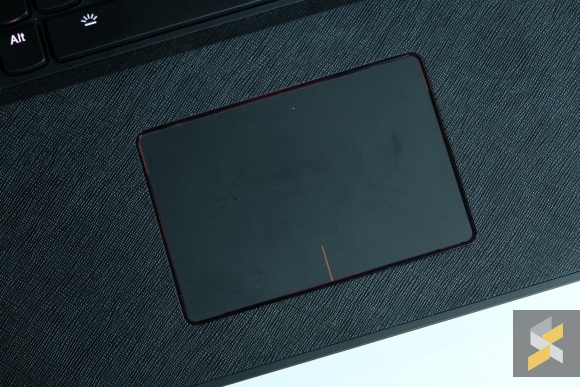
Since we’re on the topic of the trackpad, the one on the Y920 is also pretty bad. It doesn’t track smoothly and doesn’t support the full breadth of Windows gestures because it doesn’t use Windows Precision drivers. Save yourself some headache and use a mouse with this.

Battery life on the laptop isn’t great either. I managed to eke out 3 hours on a single charge but that’s about the best I could do. Then again, this is a gaming laptop so the fact that this beast lasted more than 2 hours means it’s around average to slightly above average in my experience.
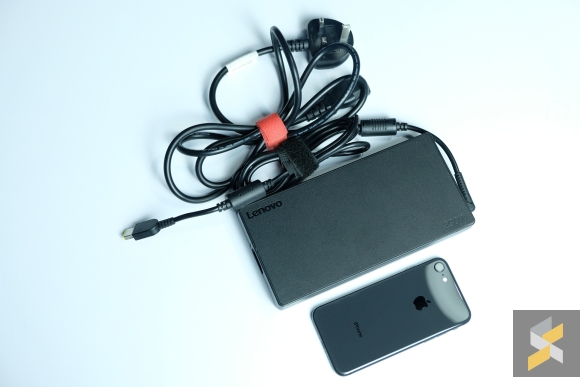
That does mean you have to lug around its massive power brick if you want to be mobile with it, however.
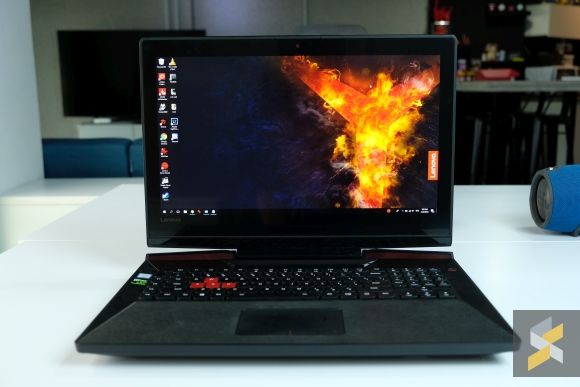
At the end of the day, I think the hardest thing for me to swallow is its RM12,999 price tag. Lenovo’s Legion Y920 isn’t a brand new laptop by any means. It’s basically a dinosaur especially since it’s also about the same size as one. But it isn’t a dinosaur in the awesome way that the Acer Predator 21X is, where pretty much every boundary is being pushed to the limit.
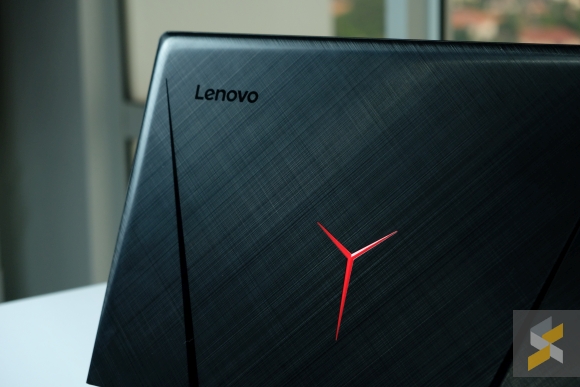
Instead, it has about the same kind of specs and performance as its far thinner Max-Q rivals from ASUS and Acer meaning you don’t get a particularly new experience. Sure, it’s got an overclockable HK processor but the GPU is only a GTX 1070 which means you’re losing out maybe about 10-15% in performance in this regard compared to the Max-Q GTX 1080s.
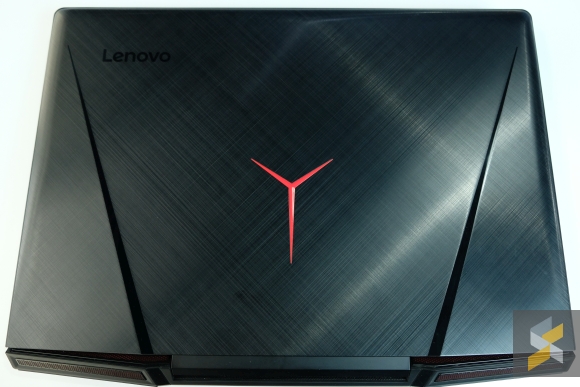
You’re paying about the same price as something like an Acer Predator Triton 700 (RM13,999 for the top-spec variant) and for what? The only reason I can think of for someone to pick this is if you absolutely must have that 17.3″ display. But even then you’ll have to live with the bad keyboard and trackpad.
Personally, I wouldn’t pick this over any of the other Max-Q laptops I’ve tried. Even if I could live with the weight and size — or even get a mouse so I don’t have to use the trackpad — I simply cannot live with that keyboard.

